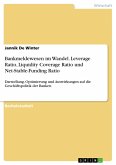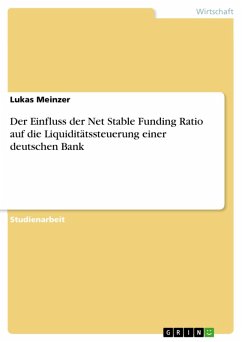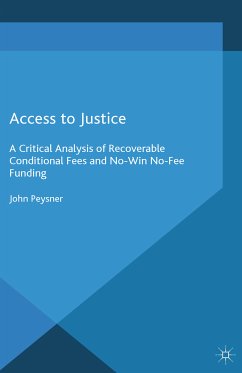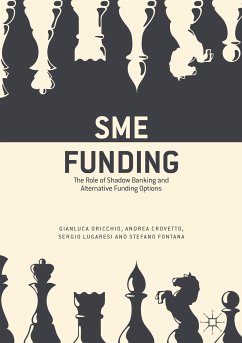Master's Thesis from the year 2005 in the subject Business economics - Banking, Stock Exchanges, Insurance, Accounting, grade: Excellent 'A', Frankfurt School of Finance & Management, language: English, abstract: This thesis is designed to introduce securitization of IP rights as an alternative instrument in the corporate funding process. It is set up in a way that the corporate treasury, which has the responsibility for a diversified and economically optimized liability side and hence has a natural interest in new funding alternatives, can get an understanding for the instrument as such. Moreover, a treasurer shall be enabled to assess whether the balance sheet of his company comprises IP assets that have the potential to serve as collateral for a securitization. In case this asset identification process leads to positive results, the thesis additionally points out the crucial issues that have to be faced and analyzed before structuring this type of transaction. Although primarily focused on the corporate treasury's needs, this thesis also gives other interested readers a holistic view of risks, benefits and economic impacts of an IP backed securitization. To fully understand the whole concept, perspectives need to be switched from time to time, e.g. to understand rating agencies' or investors' concerns which in turns lead to certain structuring issues for the originator. [...] This paper is structured in a way that allows readers to put themselves into the position of a corporate treasurer and to understand all associated issues of IP securitization in a target oriented order. Hence, before taking a closer look at IP and securitization in general, it is crucial to discuss the challenges in the corporate treasury's daily work in section 2. As the respective asset class is the key to the understanding of its securitization, section 3 clarifies basics of IP and introduces its different forms. This is of special importance as IP is characterized by an extreme heterogeneity of the different asset types which makes one of the prime differences compared to traditional securitization. Section 4 analyzes how and to what extent securitization of IP can be and has been applied in practise so far. Existing transactions are used to derive the issues that earn most attention and decide over a transaction's success. In that context, the knowledge of the market is an essential and indispensable source of information as most originators of IP backed transactions treat their deals highly confidential and research on available secondary literature shows poor results. Having set the scene, the following sections concentrate on the corporate treasurer's perspective. [...]
Dieser Download kann aus rechtlichen Gründen nur mit Rechnungsadresse in A, B, BG, CY, CZ, D, DK, EW, E, FIN, F, GR, HR, H, IRL, I, LT, L, LR, M, NL, PL, P, R, S, SLO, SK ausgeliefert werden.









